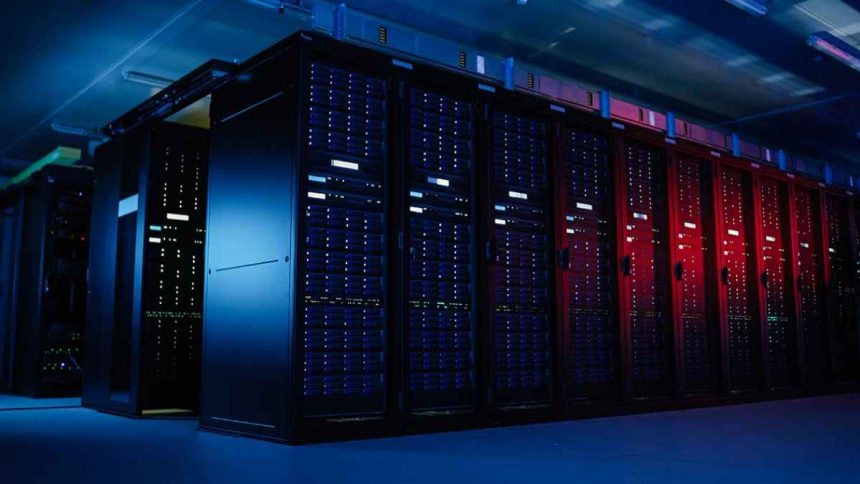Introduction
If talking about dedicated server then it is a server that is rented by an individual or business and used only for their needs. This implies the user can install and remove any software or hardware on the server at will. Companies that have stringent security and performance requirements frequently employ bare metal servers.
Setting up a Dedicated Server
Selecting a hosting company is the initial step in setting up a dedicated server or a bare metal server. It is crucial to compare your alternatives carefully because there are so many hosting services out there. The cost, proximity of the data center, and quality of customer service are all important considerations.
After settling on a web host, you must next place an order for a dedicated server. You will have to set up the server when it finally comes. Server models and operating systems have different requirements for installation.
Setting up a Dedicated Server
After the bare metal server has been installed, it must be set up. Operating system installation, network configuration, and software installation are all part of the configuration process.
Your requirements and preferences should guide your decision for an operating system. Linux, FreeBSD, and Windows Server are three common choices.
The network preferences must be adjusted to fit your specific network setup. Choosing an IP address, subnet mask, & gateway are all components of this.
Any required programs have to be set up. Software like web servers, database servers, and email servers fall into this category.
Taking charge of a Dedicated Server
Your fast dedicated server requires constant management after installation and setup. Data backups, security patches, and performance checks all fall under this category.
The data should be backed up in the event of a data breach or device breakdown. In order to keep your server secure, you should always apply the latest security upgrades. The server’s efficiency can only be maximized if its performance is constantly tracked.
Most current servers include the hardware-based remote administration capability known as IPMI (Intelligent Platform administration Interface). It gives you the freedom to administer your server from afar regardless of whether or not the OS is booted up.
- Checking in on the server to see how it is doing and fixing any issues you find
- Updating the system firmware (the BIOS) or resetting the hardware remotely
In order to connect to IPMI on a bare metal server, you must:
- You must first obtain the IP address for the IPMI.
- To access the IPMI, use a web browser and type in its address.
- Utilize the predefined credentials to enter the IPMI console.
- Once you have entered into the IPMI panel, you will have access to information on the server’s status and performance, as well as tools for remote maintenance and troubleshooting.
More IPMI advice:
Do not use the factory-issued username and password; Unauthorized people can easily get access to your server because the default passwords and usernames are widely known.
IPMI provides a number of security options, including the ability to filter incoming IP addresses and authenticate users. To prevent hackers from gaining access to your server, you must set these parameters.
Updating IPMI is important because it usually includes safety updates and bug fixes. When these patches become available, make sure to install them immediately.
Conclusion
Setting up a dedicated server from scratch might be difficult. However, careful attention to detail is essential.
You can make sure your dedicated server or bare metal server is set up correctly by following the instructions in this blog post.
Suggestions
Make sure you are working with a reputable host: If you are looking for a hosting company that you can trust, you should demand a superior server and responsive assistance.
- Choose a suitable computer OS: The server’s functionality, safety, and ease of administration are all influenced by the OS you install.
- Make sure your network settings are set up properly: Adjust the network preferences to fit your specific network setup.
- Download and install any required programs: The required software will be specific to your situation.
- Make frequent copies of your data: The data should be backed up in the event of a data breach or device breakdown.
Install software updates on a regular basis: In order to keep your server secure, you should always apply the latest security upgrades.
To make sure the server is operating at peak efficiency, its performance should be monitored.
Lynn Martelli is an editor at Readability. She received her MFA in Creative Writing from Antioch University and has worked as an editor for over 10 years. Lynn has edited a wide variety of books, including fiction, non-fiction, memoirs, and more. In her free time, Lynn enjoys reading, writing, and spending time with her family and friends.















